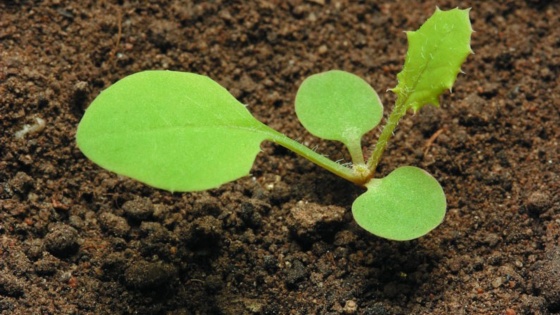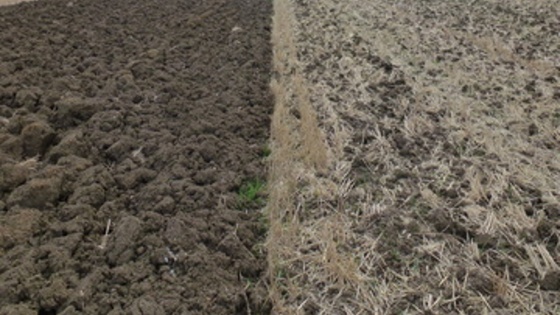Smooth sow-thistle
(sonchus oleraceus)

Young Plant
The cotyledons are oval with very short stalks. The first leaf ends in prickles and is oval but cut almost square across to the stalk. It is edged with teeth pointing towards the centre of the plant.
Mature Plant
The stem is thick, smooth, hollow and much branched. The green shiny leaves are oblong in outline and lobed, with a triangular lobe at the end. They are slightly prickly and the lower leaves have a short stalk while the upper clasp the stem.
Flower
The lemon yellow flowerheads are 20-25mm across and grow in loose clusters. The outer ray florets are purplish underneath. The buds are cylindrical but the base of the flower is flask shaped, becoming more pronounced as the flowerhead dies.
Height 120cm
Smooth sow-thistle Profile
| Key feature | - Leaves are glossy and softly prickly with a wide triangular lobe at the base clasping the stem - A single taproot - Flowers are lemon yellow |
|---|---|
| Number of seeds produced per plant | Up to 100,000 |
| Seed shed | May-October |
| Germination period | March-July and September to November |
| Germination depth | 2cm |
| Primary dormancy | Low |
| Does it have a secondary dormancy? | Yes |
| Seed longevity | >5 years |
| Factor promoting germination | Light |
| Rate of seed decline with cultivations | High |
| Lifecycle | Plants which germinate in autumn overwinter as rosettes, producing flowers in May/june; plants germinating in spring flower in June. The latter can set seed in 10 weeks. Prickly sow-thistle only reproduces by seed and is distributed by wind |
| Geographical Location | Widespread in England and Wales |
| Soil Type | Nitrogen rich loams or nutrient rich sandy and stoney soils which are not too dry |
| Impact | Increasing found in arable rotations particularly in winter crops. Autumn germinating plants can overwinter as rosettes and flower in May, spring germinating plants flower in June 5% yield loss from 50 plants per m2 |
| Resistance risk | No resistance in the UK but resistance to a wide range of herbicides in Austrailia. |


